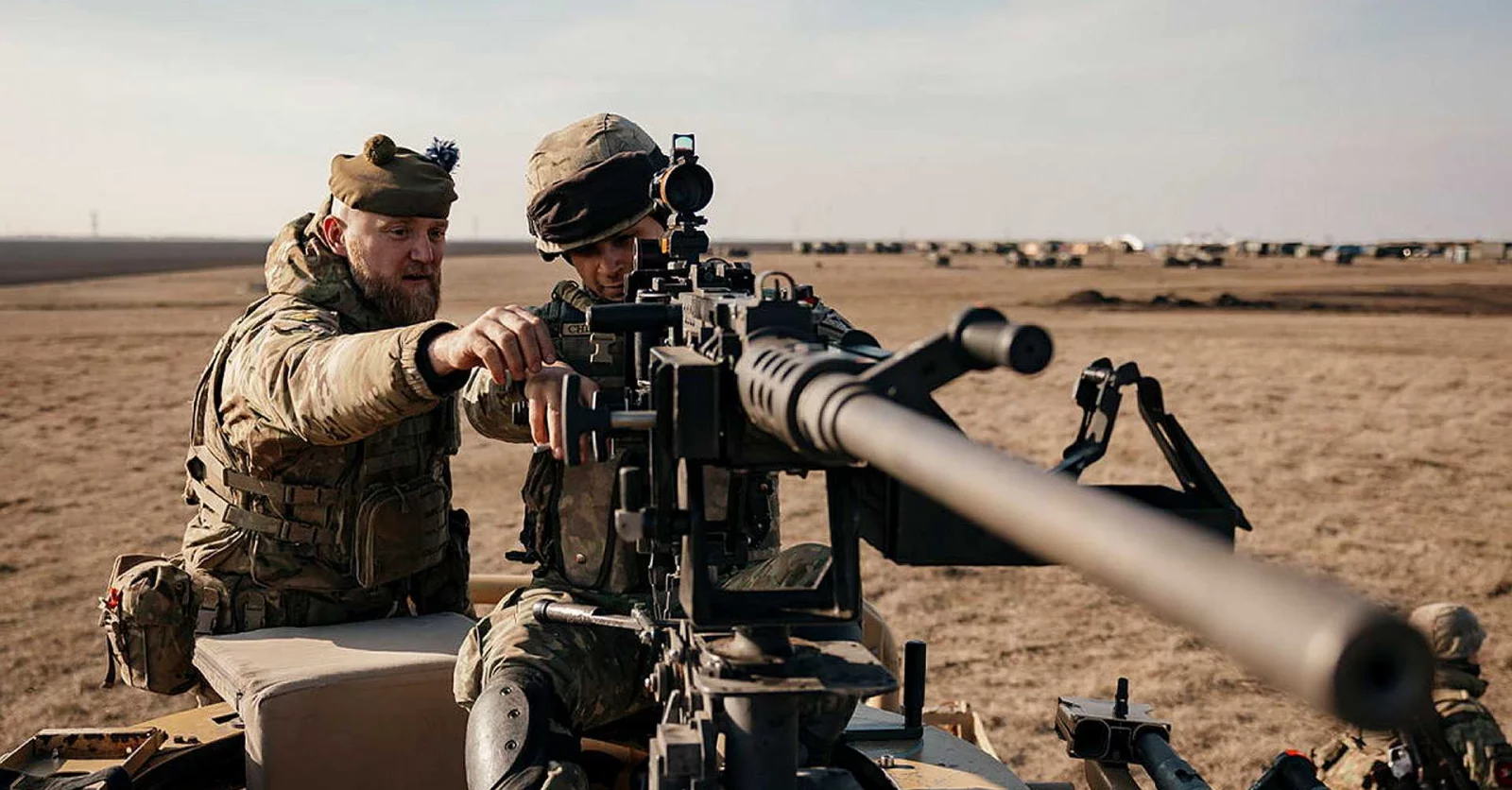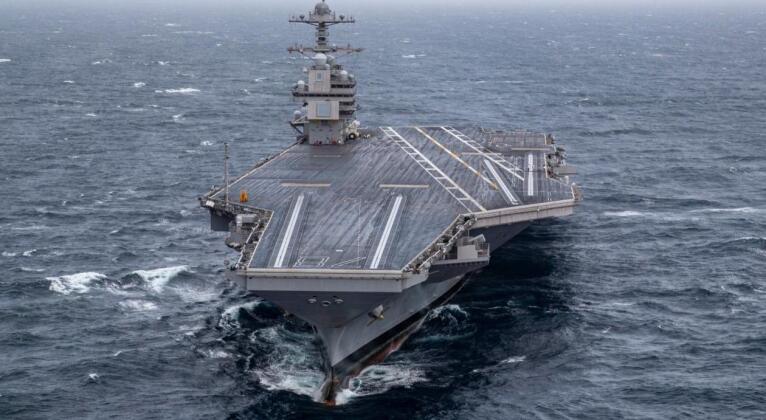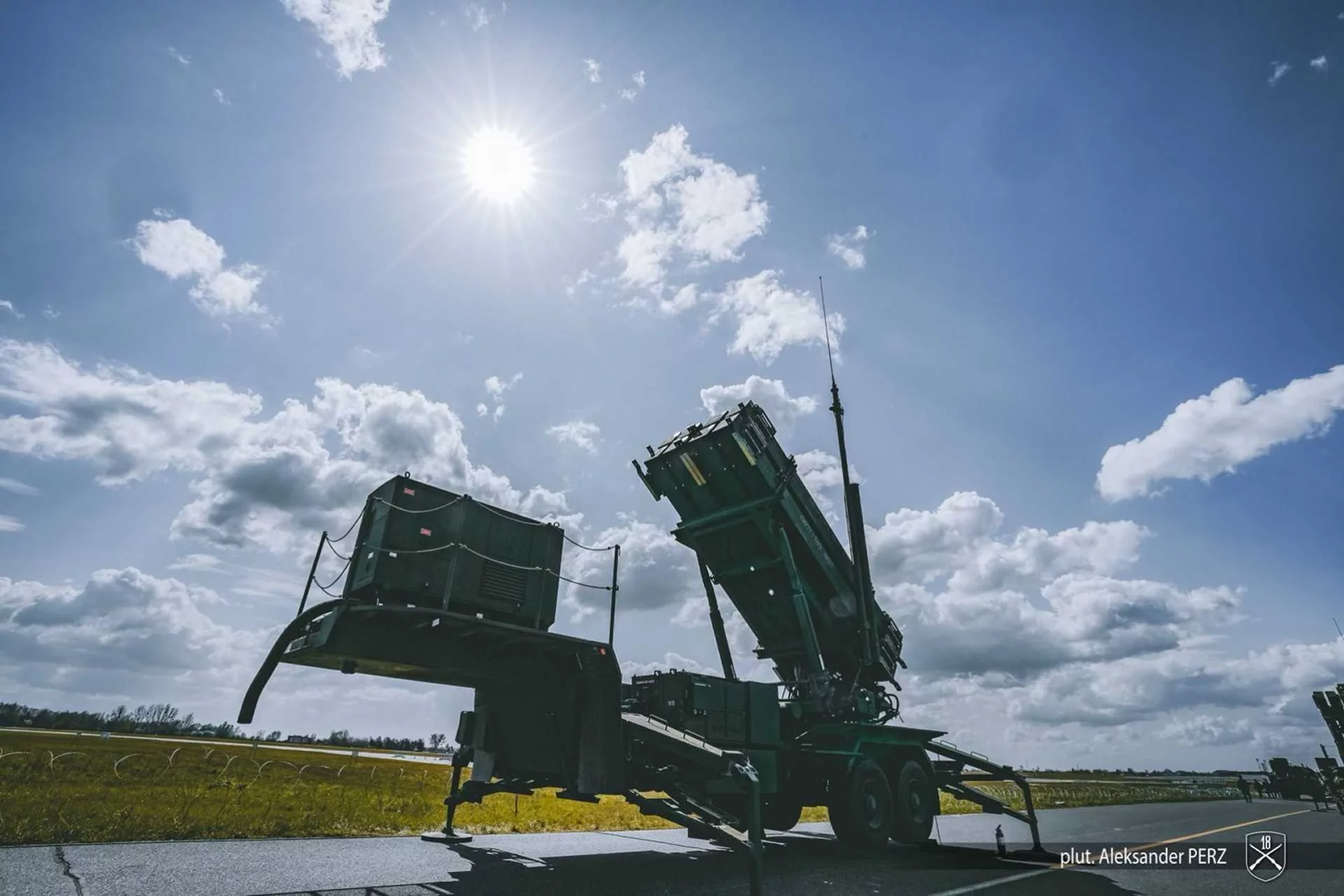On 29 July 2025, the United Kingdom took a significant step toward revolutionizing its air combat capabilities by launching the Autonomous Collaborative Platform (ACP) Tranche 2 program. This initiative, outlined in a Preliminary Market Engagement Notice (PMEN) issued by the Ministry of Defence (MoD), seeks to develop an advanced unmanned ‘loyal wingman’ system to operate alongside the nation’s manned combat aircraft. The program aims to enhance the UK’s air defense strategy by integrating cutting-edge autonomous platforms with its existing and future fleets, including operations from aircraft carriers. This article delves into the details of the ACP Tranche 2 effort, its strategic importance, and the technological advancements it promises to deliver.
Background and Strategic Context
The ACP Tranche 2 program is a direct response to the evolving landscape of global air combat, where autonomous and uncrewed systems are increasingly vital. The initiative builds on the recommendations of the MoD’s Strategic Defence Review, published in June 2025, which emphasized the need for the Royal Air Force (RAF) to remain at the forefront of combat air evolution. The review advocated for a transition from exclusively crewed platforms to a Future Combat Air System (FCAS) that integrates a mix of crewed, uncrewed, and autonomous systems. This shift is seen as critical to maintaining the UK’s competitive edge in air superiority and ensuring interoperability with allied forces.
The ACP Tranche 2 program aligns closely with the Global Combat Air Programme (GCAP), a collaborative effort involving the UK, Japan, and Italy to develop a next-generation fighter jet by 2035. While GCAP focuses on advanced manned platforms, the ACP initiative prioritizes uncrewed systems designed to complement fourth, fifth, and future-generation combat aircraft. Additionally, the MoD has highlighted the need for these systems to operate seamlessly from the UK’s Queen Elizabeth-class aircraft carriers, expanding their operational flexibility.
Objectives of the ACP Tranche 2 Program
The MoD’s PMEN outlines a clear vision for the ACP Tranche 2 program, which is to gather insights into the current and future industrial landscape for autonomous collaborative platforms. The program focuses on developing systems that can perform a range of critical roles in modern air combat. Specifically, the MoD is seeking capabilities in four key areas:
- Electromagnetic/Electronic Warfare (EW) Payloads and Effects: These systems will enable the ACP to disrupt enemy communications, radar, and electronic systems, enhancing the survivability and effectiveness of manned aircraft in contested environments.
- Stealth Air Vehicles: The MoD is prioritizing low-observable platforms to minimize detection by enemy radar, allowing the ACP to operate covertly alongside manned aircraft.
- One-Way Attack (OWA) Air Vehicles: These are designed for high-risk missions where the platform may not return, delivering precision strikes against critical targets.
- Autonomous Air Vehicles: Fully autonomous systems capable of independent decision-making in dynamic combat scenarios, reducing the cognitive load on human operators.
These capabilities reflect the MoD’s ambition to create a versatile and adaptable ‘loyal wingman’ system that can enhance the RAF’s operational effectiveness across a range of mission profiles.
Technical and Operational Requirements
The ACP Tranche 2 program is designed to deliver systems that are interoperable with existing RAF assets, including fourth-generation Typhoon jets, fifth-generation F-35B Lightning II aircraft, and future platforms under development through GCAP. The ability to operate from aircraft carriers adds a layer of complexity, as the systems must be robust enough to withstand the harsh maritime environment while maintaining high performance.
The MoD is particularly interested in stealthy designs, similar in scope to the Anduril Fury, a US-developed unmanned platform known for its advanced autonomy and low-observable features. The ACP systems are expected to leverage cutting-edge technologies such as artificial intelligence (AI), machine learning, and advanced sensor suites to enable real-time decision-making and coordination with manned aircraft. This collaborative approach is intended to create a force multiplier effect, where uncrewed platforms enhance the capabilities of human pilots by taking on high-risk tasks or providing additional situational awareness.
Strategic Implications
The launch of the ACP Tranche 2 program underscores the UK’s commitment to maintaining a leading role in global air combat innovation. By investing in uncrewed systems, the MoD aims to address the growing challenges posed by near-peer adversaries, who are increasingly deploying sophisticated air defense systems and autonomous technologies. The integration of ACPs into the RAF’s operational framework will enable the UK to project power more effectively, deter potential threats, and maintain strategic relevance in a rapidly evolving security environment.
Moreover, the program’s focus on carrier-based operations highlights the UK’s intent to enhance its maritime power projection capabilities. The Queen Elizabeth-class carriers, HMS Queen Elizabeth and HMS Prince of Wales, are among the most advanced naval platforms in the world, and equipping them with uncrewed systems will significantly expand their operational reach and flexibility. This capability will be particularly valuable in joint operations with allies, such as the United States, which is pursuing similar Collaborative Combat Aircraft (CCA) programs.
Industry Engagement and Next Steps
The PMEN serves as a call to industry to provide insights into the technological and industrial capabilities available to support the ACP Tranche 2 program. The MoD is seeking input from both domestic and international partners to ensure the program benefits from the latest advancements in aerospace and defense technology. This collaborative approach is expected to foster innovation and accelerate the development of the ‘loyal wingman’ systems.
The MoD has not yet specified a timeline for the program’s milestones, such as prototype development or operational deployment. However, the urgency of the Strategic Defence Review’s recommendations suggests that the RAF is keen to move quickly. Industry responses to the PMEN will play a critical role in shaping the program’s requirements and identifying potential partners for development and production.
Challenges and Opportunities
While the ACP Tranche 2 program holds immense promise, it also faces significant challenges. Developing autonomous systems that can operate reliably in contested environments requires overcoming technical hurdles related to AI, cybersecurity, and sensor integration. Additionally, ensuring seamless interoperability with existing and future platforms will demand rigorous testing and validation.
On the opportunity side, the program offers a chance for the UK to position itself as a leader in uncrewed air combat systems. By fostering collaboration with industry and international partners, the MoD can leverage cutting-edge technologies to create a new generation of air combat capabilities. The program also has the potential to drive economic growth by creating high-tech jobs and stimulating innovation in the UK’s aerospace sector.
Conclusion
The UK’s launch of the ACP Tranche 2 ‘loyal wingman’ program marks a pivotal moment in the evolution of its air combat strategy. By prioritizing uncrewed, autonomous systems capable of operating alongside manned aircraft and from aircraft carriers, the MoD is positioning the RAF to meet the challenges of future conflicts. The program’s focus on stealth, electronic warfare, and autonomy reflects a forward-thinking approach to air power, ensuring the UK remains at the cutting edge of military technology. As the MoD engages with industry to refine its requirements, the ACP Tranche 2 program promises to deliver transformative capabilities that will shape the future of UK air defense.




